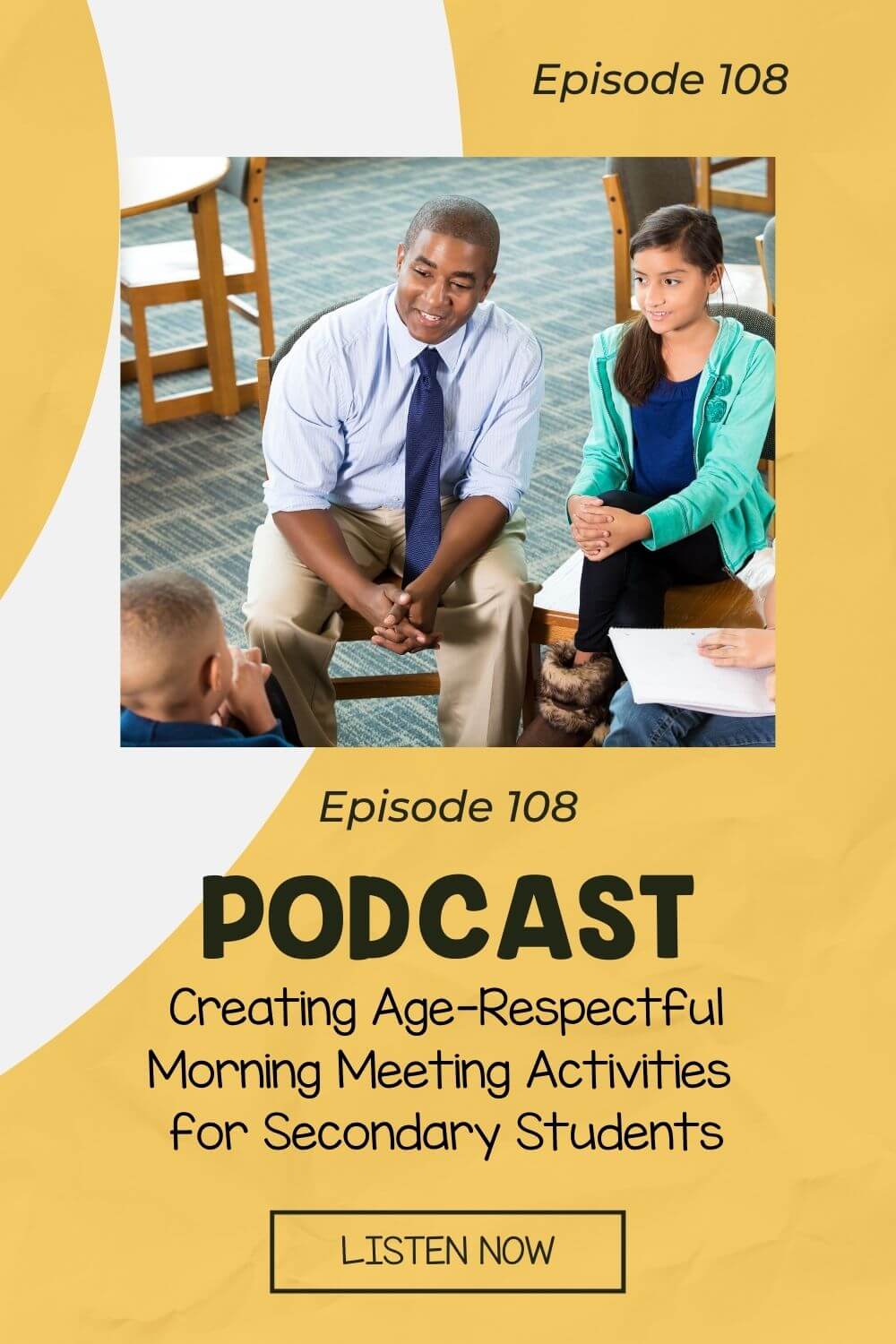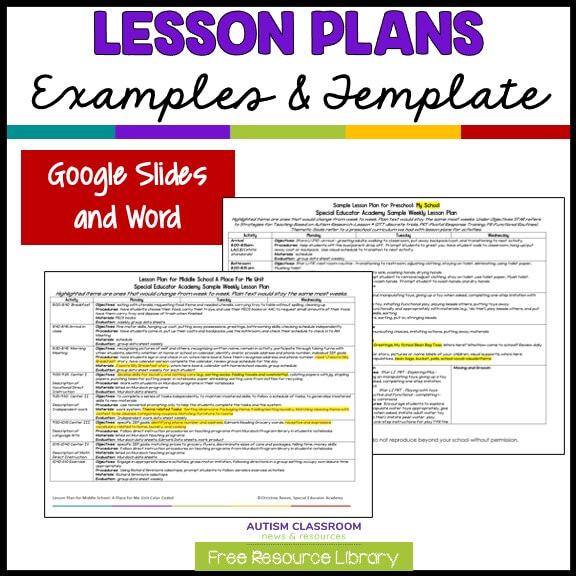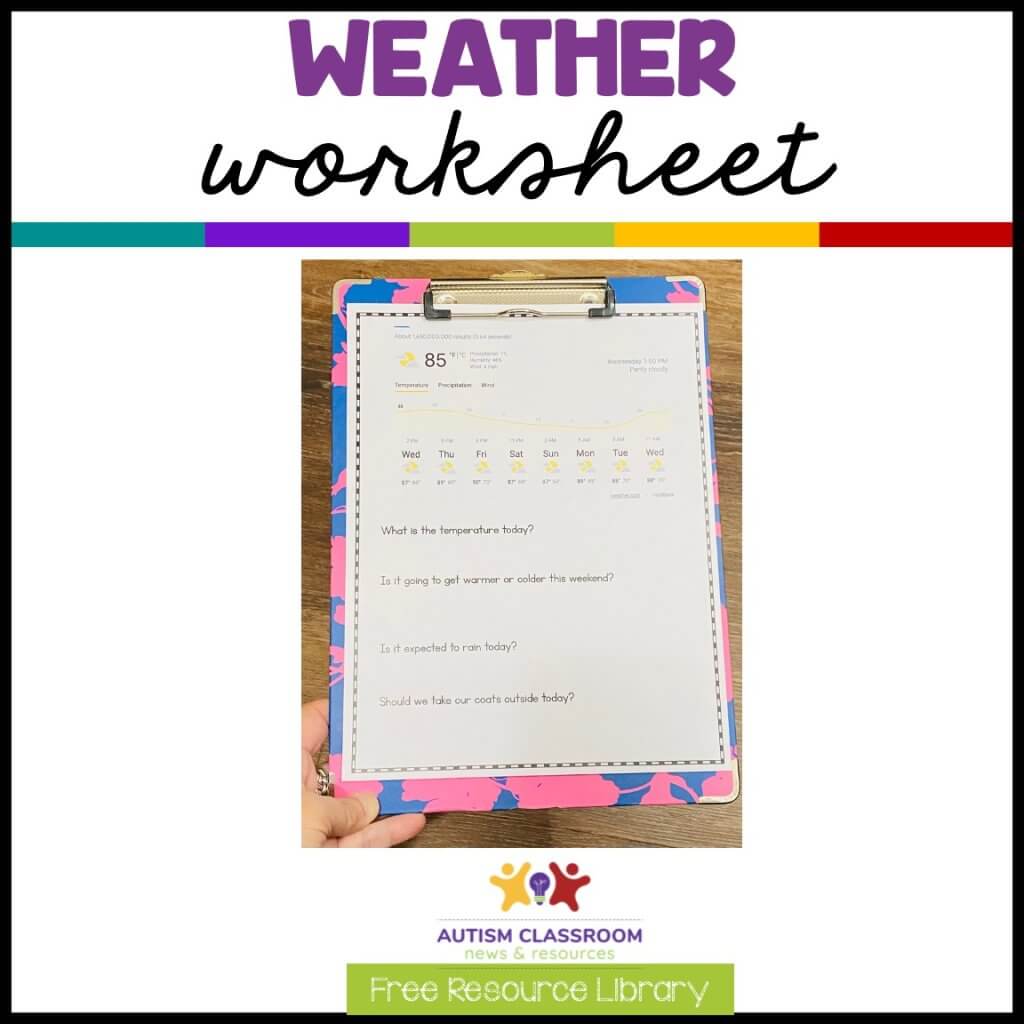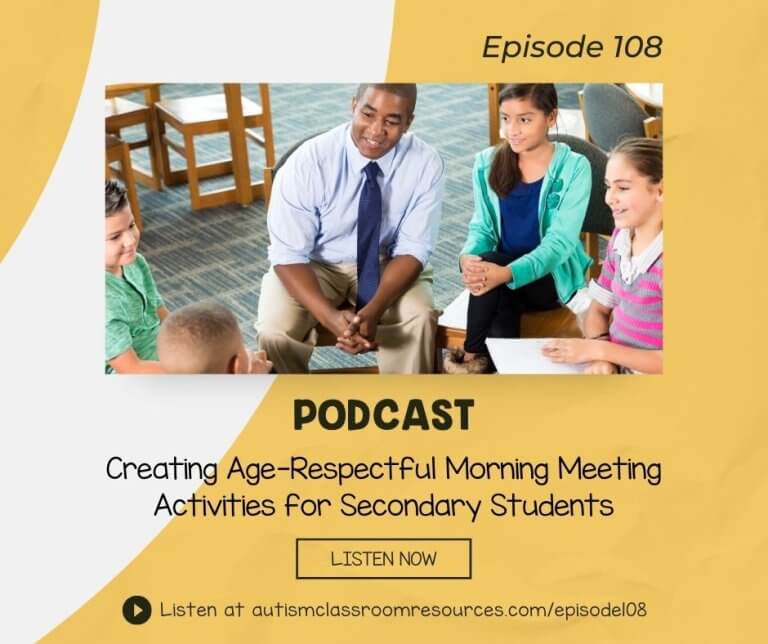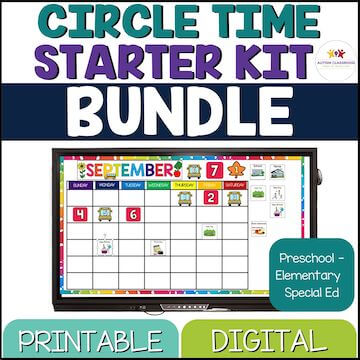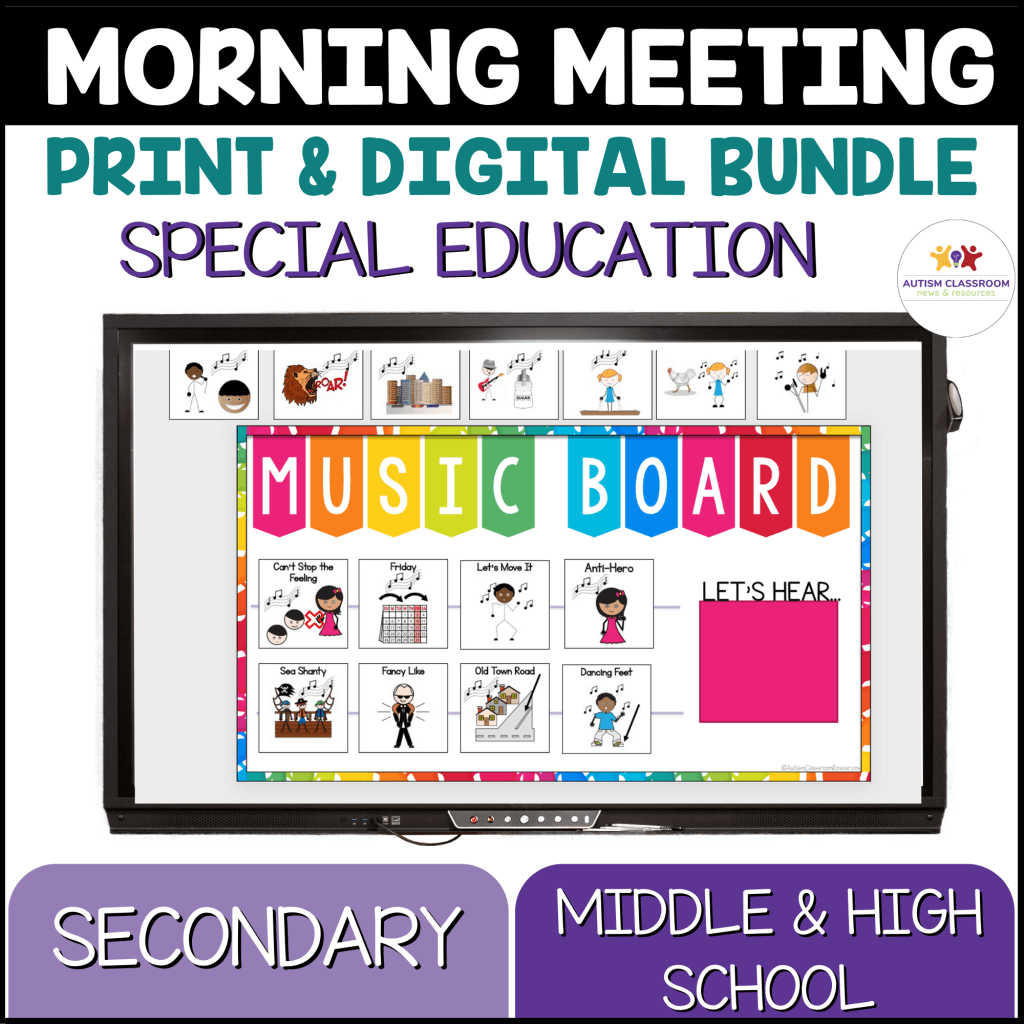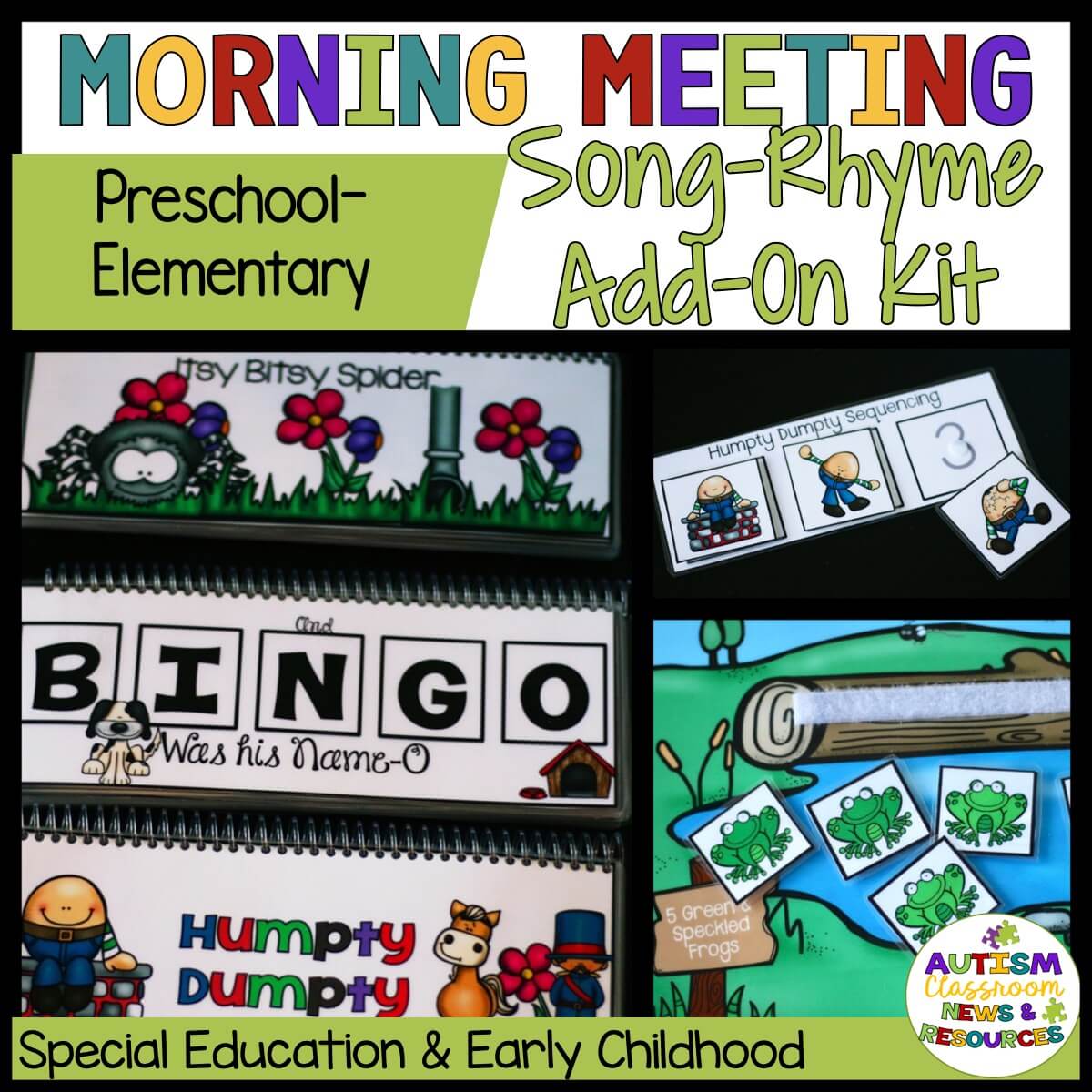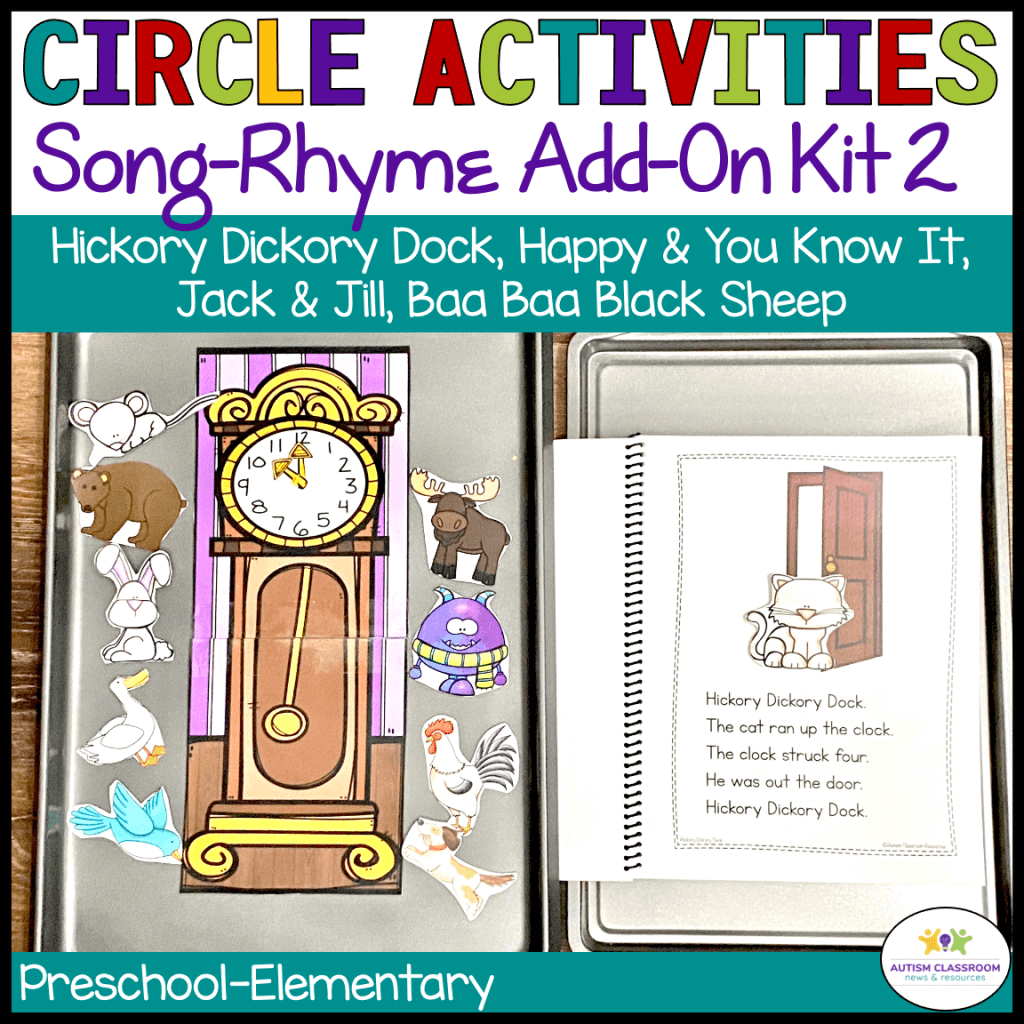Welcome to the Autism Classroom Resources Podcast, the podcast for special educators who are looking for personal and professional development.
Christine Reeve: I’m your host, Dr. Christine Reeve. For more than 20 years, I’ve worn lots of hats in special education but my real love is helping special educators like you. This podcast will give you tips and ways to implement research-based practices in a practical way in your classroom to make your job easier and more effective.
Welcome back to the Autism Classroom Resources Podcast. I am Christine Reeve and I’m your host. If you listen regularly or you are binge listening to this series, you probably thought I was done with the series on morning meeting. That might be because I said I was done in our last episode. But guess what, it turns out that reading a calendar is an important life skill for a podcaster and a content planner. I miscounted the number of weeks in this month when I planned out my episodes but it just so happens that the episode that I hadn’t shared is about how we get morning meetings right for our older students, which often includes teaching them how to use a calendar.
I touched on this in Episode 104 and 105 when I talked about the importance of group activities for all our students in special education. I talked there about the importance of making sure that we differentiated what they look like, depending on the student’s age. I also said that I would come back to that idea about age respectful activities and what it might look like for our older students. In Episode 105, I gave some examples of skills that I teach in morning meeting for younger students and older students.
Today, I want to take that a bit farther. I want to walk you through a morning meeting and what it might look like for a classroom of students in a middle or high school class that is primarily or, at least, partly self-contained. Typically, these are students who are on alternate standards who may spend some time in a general education classroom, but their primary instructional time is spent in the special education classroom. I’ll start with what I mean when I talk about what age respectful activities are, then I’m going to walk you through an example of that morning meeting. I’ve got a free morning meeting activity tool for you and a couple other things. I’ll have more details about that later in the episode. Let’s get started.
First, let’s talk about what I mean when I use the term age respectful. For years, I talked about the need for activities for older students to be age-appropriate. But the problem with age appropriate as a term is that it’s really hard to pinpoint what that means. It’s hard to say what is appropriate. That’s a big part of it. Think about coloring. I always used to use that as an example of something that I didn’t really think made sense for high school students to be doing in class. In fact, it was often something that really threw me over the edge, partly because they were usually coloring things that you would see in a kindergarten class and I really did not think that made sense for them. But now in the 21st Century, we have adult coloring books. Maybe that’s not really such a good example of something that’s not “age appropriate” as I use quotation marks with my fingers that you can’t see.
I think I first heard the term age respectful and sometimes, I will use the word age relevant instead. I think I first heard it on a blog called Teaching Learners with Multiple Special Needs. I’ll put the link to that article and a couple others in the blog post for this episode at autismclassroomresources.com/episode108. That specific blog hasn’t been updated in a while but it really has some great content. It’s essentially age respectful, which means that we choose materials and activities that are respectful of the student’s chronological age. We introduce them to new material but we respect that they still like things that might be something that is more frequently seen with younger students. But we don’t assume that since they are developmentally younger, that they should only be exposed to things that we typically associate with younger students.
That makes sense, I mean if we think about it—I’m going to pick on men, sorry—I know grown men in my own family who like to play with, I’m going to call them arguing figurines and will play out whole battles of them on the table, which looks a lot like what they did when I grew up with them when we were much younger. That is something that you could look at and say, “Is that really age-appropriate?” They’re playing out historically accurate events so yeah, it probably could. It becomes a very blurry line. But the really important thing is that we’re not dictating to them what they can and cannot do. We are (A) giving them a choice and (B) exposing them to new things in the same way that their typical aged peers, chronologically aged peers, are being exposed to things by their peers. We’re continuing that.
In the world of morning meeting, that means that when we’re giving music choices, if we’re giving choices to a 20-year-old woman, we don’t automatically give options of doing The Freeze from Greg and Steve, and Tooty Ta from Dr. Jean because her educational testing indicates that her cognitive skills are about five to six years of age. Instead, we might give her choices of Katy Perry’s Fireworks and Taylor Swift’s Shake it Off to dance too. Those are what her peers of the same age might be dancing to. But if she likes to listen to Dr. Jean at other times, we might have a time during the day when she can do just that.
What does this mean for running morning meeting in a middle or high school classroom? It means that we might be working on some of the same skills that we’re working on with younger students. Because as I established at the beginning of this episode, understanding a calendar is clearly an important skill for many of us. Many of us need to practice it more often. Guilty, but what that looks like for these older students is going to look different. Let me walk you through what a morning meeting might look like for a middle or high school classroom that I’ve worked with in past years. When the students come into class, they get settled, they probably engage in some activity, like journal writing or table tasks, visual motor tasks while they wait for everybody to come in, then they come to morning meeting.
When they arrive at the morning meeting area, they would check in much like you might check in when you arrive at work. They might sign in by signing their name or they might move their work card or their time card over to the board that indicates that they’re at work. This is similar to the younger version of indicating that they’re at school or at home. I also use this as a time where they might practice signing in and handwriting or signing their name. Sometimes, I also will throw in some personal information identification so that they are identifying their address or their phone number. It isn’t completely parallel to signing in for work but it is a good time for them to practice finding their address or their phone number if they’ve already mastered signing in their name to sign in.
Once all the students have signed in, they found their seats, then we typically will review the calendar. For some students, they might be using a simple calendar where maybe they’re identifying, using pictures, whether they’re at home or at school today. They indicate that by putting a home or school picture on the date. Other students might be identifying the day of the week, the date that they’re on. Others may be writing out the day and the date on the board or on their paper. In some classes, we might be identifying specific dates of interest for upcoming special events, like field days or prom or holidays, then students can also count the number of days coming up until those events. If it’s the end of the month, they might look up the special events for the next month and put them on the calendar, so they might do some planning.
One teacher who’s a member of the Special Educator Academy used to have her classroom look up the day in history on the internet and share what happened in history on that day. Each student would look up the date on their tablet or computer and share something that happened, like the founding of the Smithsonian or the first person to get married in space (which happened in 2003 by the way, which I did not know until this). Some students will need to work on basic calendar work during this time. They need to identify the date and the day on the calendar, then they need to equate it to events on their schedule that are happening on that day. Other students could be practicing executive functioning skills, like identifying what assignments are due that week and planning out the steps to complete those assignments by the deadline.
Depending on the makeup of your room, you might be doing all of these activities more independently if your classroom is at all different levels, then having those students report back to the class with their results. Or if you have a more homogeneous group, they might all be doing the same activities. It just depends who’s in your classroom, and what their needs and goals are.
Another important skill that can be made functional for students is weather. It’s important for students to be able to make understanding the weather a practical and functional skill. You could also fold some science lessons into this part of your morning meeting, or you could work on the basics of understanding how to read the weather report or watch it online and translate it into planning activities, and planning what they’re going to wear. To help with this, I actually have a free download in the Resource Library for you that will help, so you can find it. It’s a worksheet that students can use for answering questions about the weather. They look it up online and they answer the questions, and report to the group. You can find it at autismclassroomresources.com/episode108.
You choose the website that they should use and they look up the weather report, and they answer specific questions about that weather. They answer about the weather, then they infer information, like whether we should take our coats outside today based on that information. Students could each do this independently or one student could be assigned to do this. Another could do the assignment for the calendar that I mentioned earlier of the day in history, depending on your time frame. It just depends on what works for your classroom.
Next, I always like to do some music and movement in the day for a variety of reasons. One, I just like music and I think it helps everybody get in a good place for the day; two, I think that adding movement to any activity is a plus for our students who often are very sedentary; and three, there are a ton of skills that we can build into musical music and movement activities that can be very motivating for our students. Again, the difference between this and younger circle activities are related to the types of songs that we’re using, and how we’re using them. I pull songs from places that I can assure that the lyrics are clean but that the songs are pop music that the students will have heard their siblings or their peers listening to, then I build music movement into those songs.
One of the great things about just dancing to the music when it’s on and stopping when it stops is that you can build in switch access if you have students who need to work on using environmental control, using assistive technology. That stop and start is also a really good activity for students who need help with impulse control. Learning to listen and follow that direction is a really good activity for students who need to learn to follow those cues, and start and stop activity. For the students who are using assistive technology, they’re getting a chance, not just to practice using their switches but it gives them an opportunity to use it to direct the movements of other students, which means they get to be the “boss” or the leader of the activity in the room. They get to tell other people what to do.
For students who have limited mobility and often have limited communication skills, they don’t often get that opportunity. That can be pretty huge and it can be a pretty huge win for how their classmates view them as well. This simple act of turning the music on and having the students dance, and turning the music off and having them stop, can give them a level of power that they often lack in their environment.
After that short music and movement break, I often include a brief news activity. You can use something like News2you activities or TweenTribune, Newsela or other options. I’ll add some links for this post on the website. It can be a quick overview of the news article. Usually, there are some question and answer activities that you could do as a group or you could do them individually to help them work on comprehension, and understanding about the news event. That can lead to a discussion or even a presentation if you want it to. It helps to get them settled down after that music movement for the next activity on their schedule.
I hope that this gives you some ideas about what you could do to keep students engaged and maybe switch up some things in your morning meeting for older students. There’s a lot of value in the teaching that you do as a group and the group learning skills that you teach during these times, but only when we really work to make it meaningful for them. Now, don’t forget to go and grab the links for news activities, the free weather download and you can also download a free middle school lesson plan example, and templates on the blog for the episode at autismclassroomresources.com/episode108. I’ll also make sure that there’s a link there to my Secondary Morning Meeting Kit on TpT. It actually has the materials to do the calendar, activities, the songs, the interactive books, all designed to be age respectful for older students, all ready for you to print out, create, and use for your classroom.
If you’d like to learn more about morning meeting ideas, group instruction, or planning for your classroom, come join us in the Special Educator Academy. We have tons of resources for educators working with all ages to help save you time and let you get back to doing your job of working with the students. Come get a 7-day free trial at specialeducatoracademy.com. I hope you’ll come back next week when we will have a new topic—I checked the calendar this time. Until then, I’ll just be sitting here, looking up what happened today in history on the internet. Thanks, guys.

